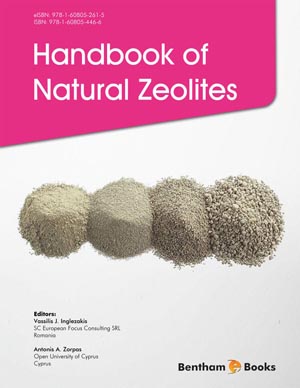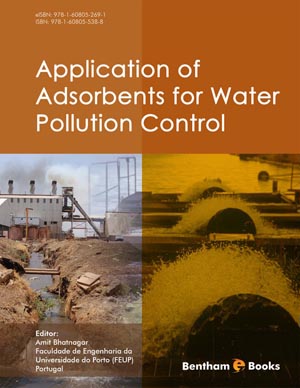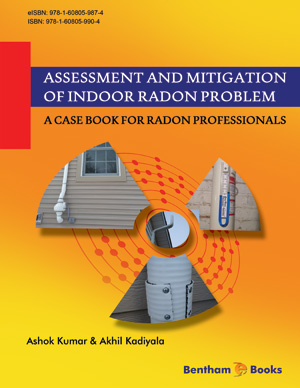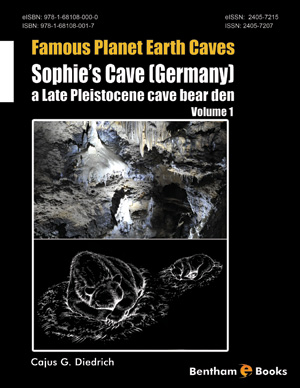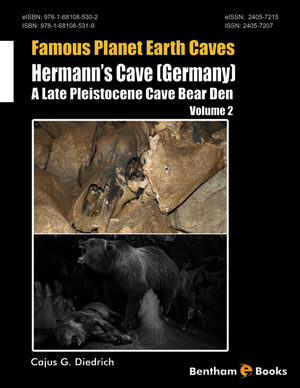Abstract
The most N and P abundant part among the domestic waste components is the toilet wastewater; especially urine. Urine separation has been proposed to achieve maximum recovery and recirculation of nutrients in Sweden. However, storage, transportation of large amounts of urine, as well as spreading and hygienic aspects connected to handling of urine and faeces are still main obstacles in achieving full system efficiency. A decade of academic research on struvite precipitation and zeolite adsorption techniques aimed to solve some of these problems and 3 years of collaboration with Split Vision Development AB resulted in a commercially available system developed and tested in laboratory scale and in a pilot plant. One year testing of a pilot plant installed and integrated in a family house in northern Sweden is presented here. The pilot plant is based on the combined struvite precipitation and zeolite adsorption processes. The nutrient rich end-product obtained in the unit called SplitBox is vacuum-dried (fully hygienised) and this drying process connects the SplitBox to the energy system of the house for maximal energy efficiency. The pilot study shows 90 - 98 % P and 95 - 98 % N recovery from toilet wastes using urine separating toilet and SplitBox technique and a total energy saving of ca 50 % for the household after one year operation.
Keywords: Struvite, MAP, zeolites, clinoptilolite, magnesium oxide, urine, nitrogen, ammonium, urea, phosphorus, faeces, fertilizer, nutrient recovery, waste water, ecological sanitation, energy-saving, anthropogenic nutrients, reuse, recycle, climate-friendly.


